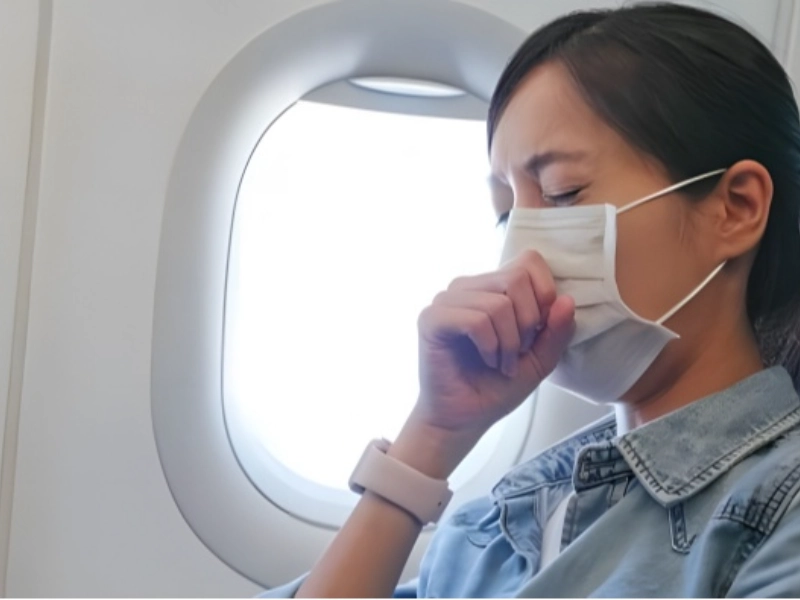
This system draws fresh air through the engine’s compressors. The air is then cooled, humidified, and mixed with recirculated air that has passed through high-efficiency particulate air (HEPA) filters. These HEPA filters are capable of trapping most viruses, bacteria, and other airborne particles. The resulting air quality is typically comparable to or even better than the air in a standard office building.
Additionally, the entire volume of air in the cabin is usually refreshed every two to three minutes, more frequently than in most buildings. This constant air exchange helps to dilute any potential concentration of contaminants. While maintaining good hygiene—such as regular handwashing and covering your mouth when coughing or sneezing—is important, you can generally rest assured about the quality of the air during your flight.